- Araliaceae
- Asteraceae
- Campanulaceae
- Caryophyllaceae
- Elaeagnaceae
- Ephedraceae
- Gentianaceae
- Ginkgoaceae
- Guttiferae
- Labiatae
- Leguminosae
- Liliaceae
- Magnoliaceae
- Malvaceae
- Oleaceae
- Orchidaceae
- Orobanchaceae
- Palmae
- Poaceae
- Polygalaceae
- Ranunculaceae
- Rutaceae
- Sarraceniaceae
- Schisandraceae
- Scrophulariaceae
- Solanaceae
- Taxaceae
- Theaceae
- Thymelaeaceae
- Umbelliferae
- Valerianaceae
- Zingiberaceae
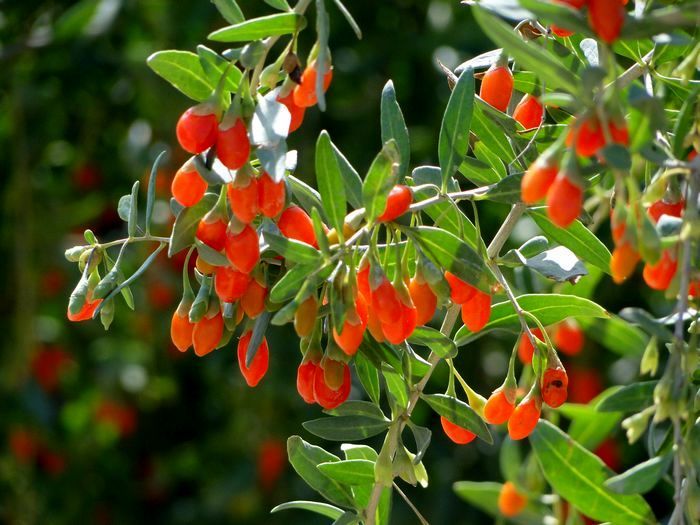
Lycium barbarum
- Introduction
- Published data
- Download
Lycium barbarum (Gouqizi, Fructus Lycii, Wolfberry) is well known for nourishing the liver, and in turn, improving the eyesight.
Pubulications:
Park S Y, Park W T, Park Y C, et al. Metabolomics for the quality assessment of Lycium chinense fruits[J]. Bioscience, biotechnology, and biochemistry, 2012, 76(12): 2188-2194.
Details:
http://herbalplant.ynau.edu.cn/index.php?m=content&c=index&a=show&catid=100&id=201
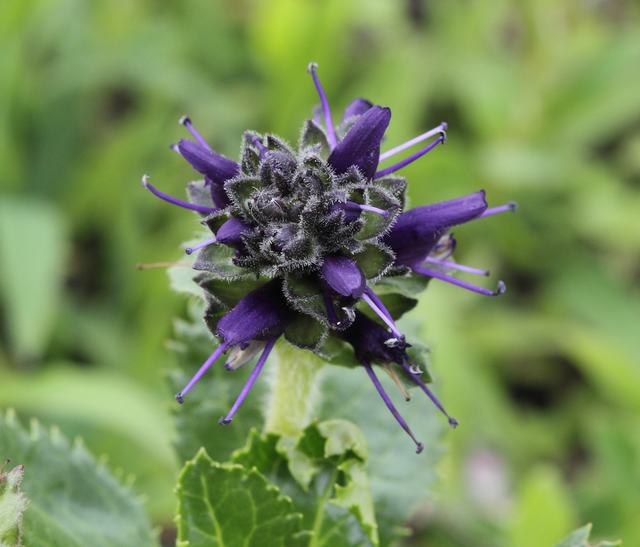
Picrorhiza kurroa Royle ex Benth
- Introduction
- Published data
- Download
Picrorhiza kurroa Royle ex Benth. (family: Scrophulariaceae), generally known as Kutki or Kutaki is a familiar herb in traditional (Ayurvedic and Unani) systems of medicine. The main bioactive constituents present therein are iridoid glycosides, picrosides, kutkin, apocynin and cucurbitacin glycosides.
Pubulications:
Zahiruddin S, Khan W, Nehra R, et al. Pharmacokinetics and comparative metabolic profiling of iridoid enriched fraction of Picrorhiza kurroa–An Ayurvedic Herb[J]. Journal of ethnopharmacology, 2017, 197: 157-164.
Details:
http://herbalplant.ynau.edu.cn/index.php?m=content&c=index&a=show&catid=100&id=200
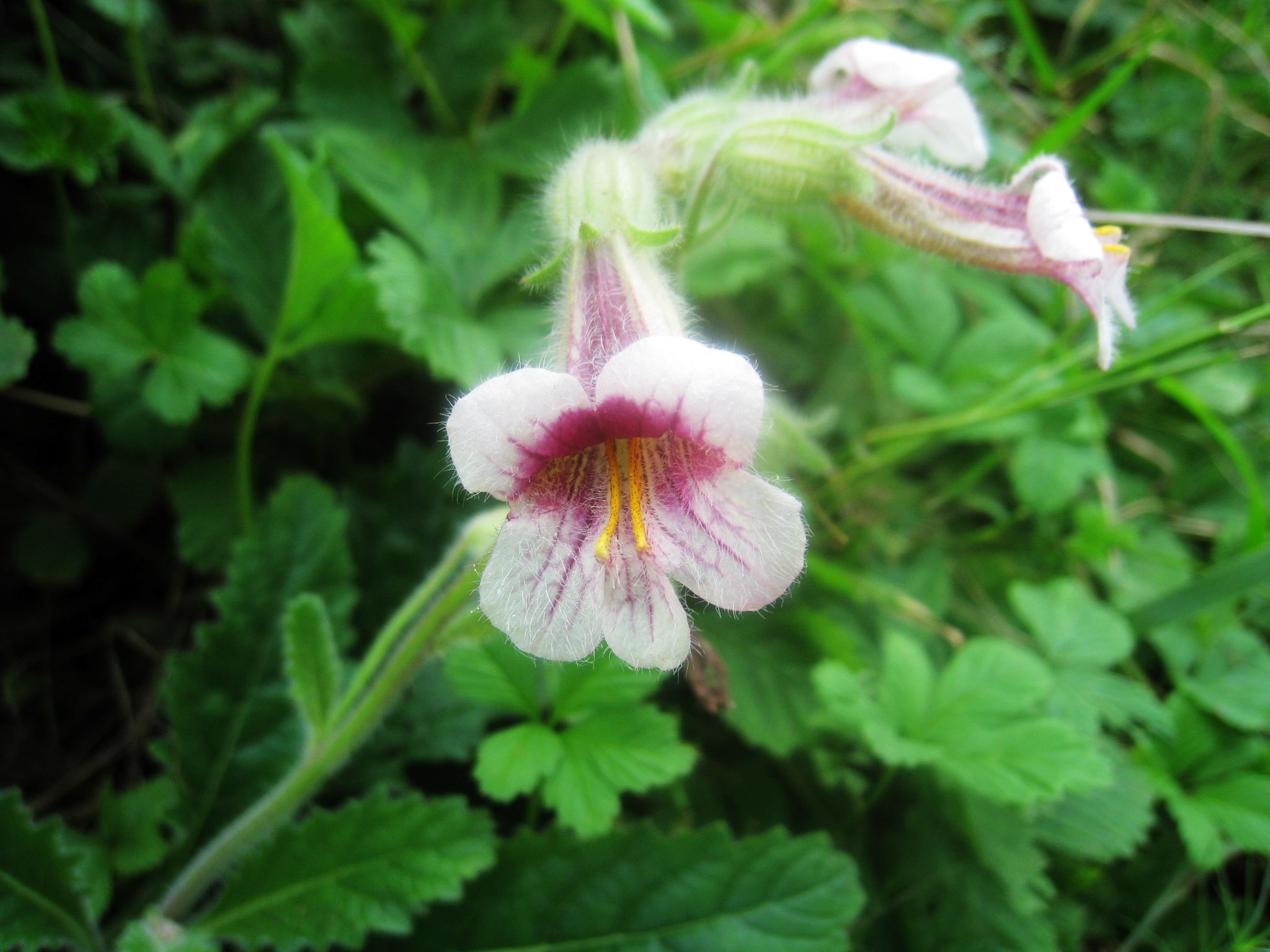
Rehmannia Six Formula
- Introduction
- Published data
- Download
Rehmannia Six Formula (R6 or Liu Wei Di Huang Wan) is an important classic formula used in Chinese medicine to prevent and treat metabolic disorders related to aging. It was first reported in the Chinese medicine book titled ‘Xiao Er Yao Zheng Zhi Jue by Qian Yi’ (Chinese Song dynasty: 1035–1117). In modern times it is therefore often used to treat diabetes, pre-diabetes and people with metabolic syndrome.
Pubulications:
Zhou L, Xu J D, Zhou S S, et al. Integrating targeted glycomics and untargeted metabolomics to investigate the processing chemistry of herbal medicines, a case study on Rehmanniae Radix[J]. Journal of Chromatography A, 2016, 1472: 74-87.
Details:
http://herbalplant.ynau.edu.cn/index.php?m=content&c=index&a=show&catid=100&id=199
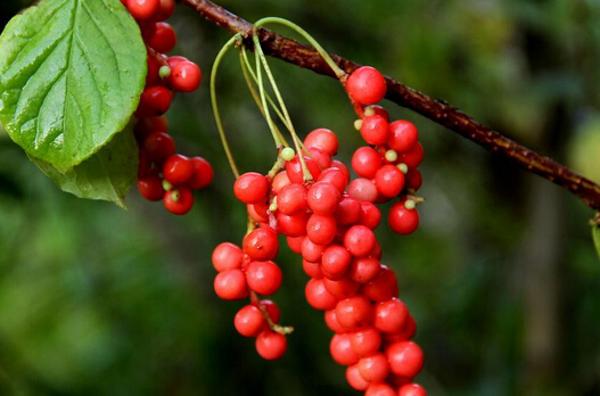
Schisandra chinensis
- Introduction
- Published data
- Download
Bei-Wu Wei, the fruits of Schisandra chinensis, has been documented for the treatment of chronic cough and dyspnoea, nocturnal emission, spermatorrhoea, enuresis, frequent urination, protracted diarrhoea, spontaneous sweating, night sweats, and impairment of body fluids for thousands of years in China.
Pubulications:
Zhang Y, Li F, Huang F, et al. Metabolomics analysis reveals variation in Schisandra chinensis metabolites from different origins[J]. Journal of separation science, 2014, 37(6): 731-737.
Details:
http://herbalplant.ynau.edu.cn/index.php?m=content&c=index&a=show&catid=100&id=198

Sarraceniaceae
- Introduction
- Published data
- Download
Sarraceniaceae is a New World carnivorous plant family comprising three genera: Darlingtonia Torr. (monotypic), Heliamphora Benth. (ca. 23 species) and Sarracenia L. (ca. 11 species).
Pubulications:
Hotti H, Gopalacharyulu P, Seppänen-Laakso T, et al. Metabolite profiling of the carnivorous pitcher plants Darlingtonia and Sarracenia[J]. PloS one, 2017, 12(2): e0171078.
Details:
http://herbalplant.ynau.edu.cn/index.php?m=content&c=index&a=show&catid=100&id=197
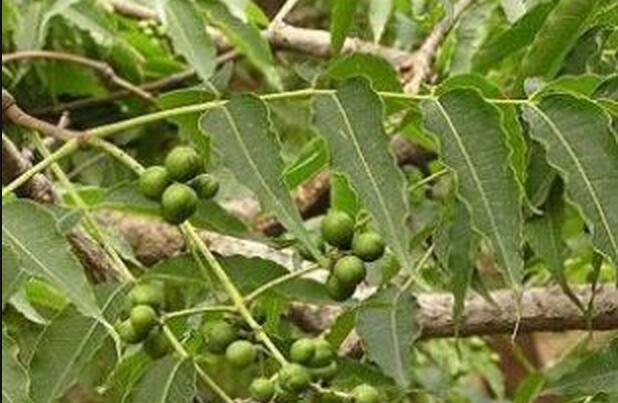
Phellodendri amurensis
- Introduction
- Published data
- Download
Phellodendri amurensis cortex (PAC) is a well-known traditional Chinese medicine, known as Guanhuangbai, originated from the dried bark of Phellodendron amurense Rupr. Modern pharmacological researches show that PAC possess a variety of biological activities including anti-tumor, anti-inflammatory, antimicrobial, anti-oxidant, anti-herpes simplex virus, hypoglycemic and neuroprotective, and the prevention of prostate cancer activities is better than Phellodendri Chinensis Cortex (commonly called Huangbai).
Pubulications:
Wang L, Yan G, Zhang A, et al. Fingerprinting and simultaneous determination of alkaloids and limonins in Phellodendri amurensis cortex from different locations by high-performance liquid chromatography with diode array detection[J]. Journal of chromatographic science, 2014, 53(1): 161-166.
Details:
http://herbalplant.ynau.edu.cn/index.php?m=content&c=index&a=show&catid=100&id=196
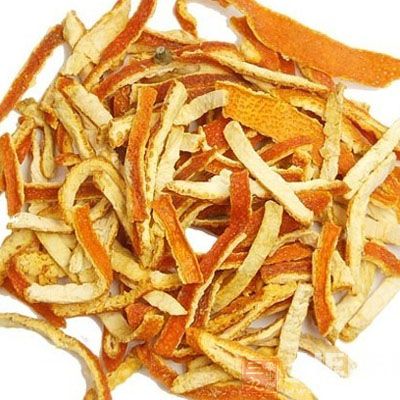
Tangerine
- Introduction
- Published data
- Download
Tangerine is one of the most popular fruits. The flesh could be eaten directly or be juice. The peels could be used as food or herbs.
Pubulications:
Yi L, Dong N, Liu S, et al. Chemical features of Pericarpium Citri Reticulatae and Pericarpium Citri Reticulatae Viride revealed by GC–MS metabolomics analysis[J]. Food chemistry, 2015, 186: 192-199.
Details:
http://herbalplant.ynau.edu.cn/index.php?m=content&c=index&a=show&catid=100&id=195
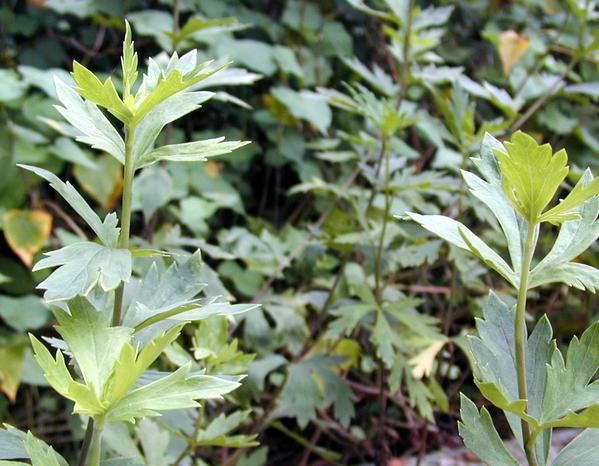
Aconitum carmichaelii Debx
- Introduction
- Published data
- Download
Aconitum carmichaelii Debx is named ‘‘Chuanwu’’ (CW, Fig. 1B), while the daughter or lateral root of Aconitum carmichaelii Debx is ‘‘Fuzi’’ (FZ, Fig. 1C). As one of the most crucial TCM drugs, FZ has been more frequently prescribed than CW to treat rheumatic diseases. It was firstly recorded in the earliest Chinese medicinal classic, Shennong’s Materia Medica.
Pubulications:
1. Sun H, Ni B, Zhang A, et al. Metabolomics study on Fuzi and its processed products using ultra-performance liquid-chromatography/electrospray-ionization synapt high-definition mass spectrometry coupled with pattern recognition analysis[J]. Analyst, 2012, 137(1): 170-185.
2. Zhao D, Shi Y, Zhu X, et al. Identification of Potential Biomarkers from Aconitum carmichaelii, a Traditional Chinese Medicine, Using a Metabolomic Approach[J]. Planta medica, 2017.
Details:
http://herbalplant.ynau.edu.cn/index.php?m=content&c=index&a=show&catid=100&id=194
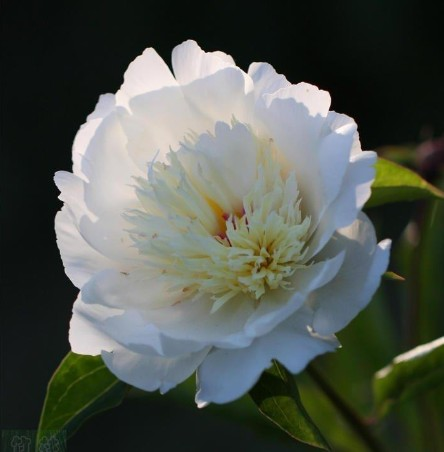
Paeonia lactifora Pall
- Introduction
- Published data
- Download
White Paeony Root (WPR), the roots of Paeonia lactifora Pall., is a common traditional Chinese medicine (TCM) that is used for nourishing blood and regulating menstruation, astringing Yin to check sweating, emolliating the liver, relieving pain, and pacifying and repressing the liver Yan, in accordance with TCM theory.
Pubulications:
Ming K, Jun X U, Huan-Huan L I U, et al. Effects of boiling duration in processing of White Paeony Root on its overall quality evaluated by ultra-high performance liquid chromatography quadrupole/time-of-flight mass spectrometry based metabolomics analysis and high performance liquid chromatography quantification[J]. Chinese Journal of Natural Medicines, 2017, 15(1): 62-70.
Details:
http://herbalplant.ynau.edu.cn/index.php?m=content&c=index&a=show&catid=100&id=193
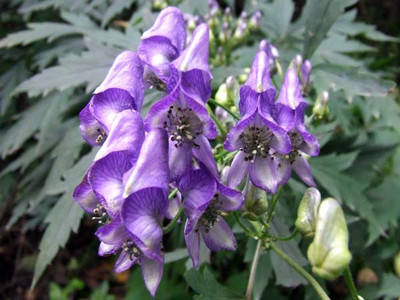
Aconitum
- Introduction
- Published data
- Download
As a widely used Chinese herbal medicine, the roots of Aconitum are commonly applied for various tumours and some endocrinal disorders.
Pubulications:
Sun H, Wang M, Zhang A, et al. UPLC–Q‐TOF–HDMS Analysis of Constituents in the Root of Two Kinds of Aconitum Using a Metabolomics Approach[J]. Phytochemical Analysis, 2013, 24(3): 263-276.
Details:
http://herbalplant.ynau.edu.cn/index.php?m=content&c=index&a=show&catid=100&id=192